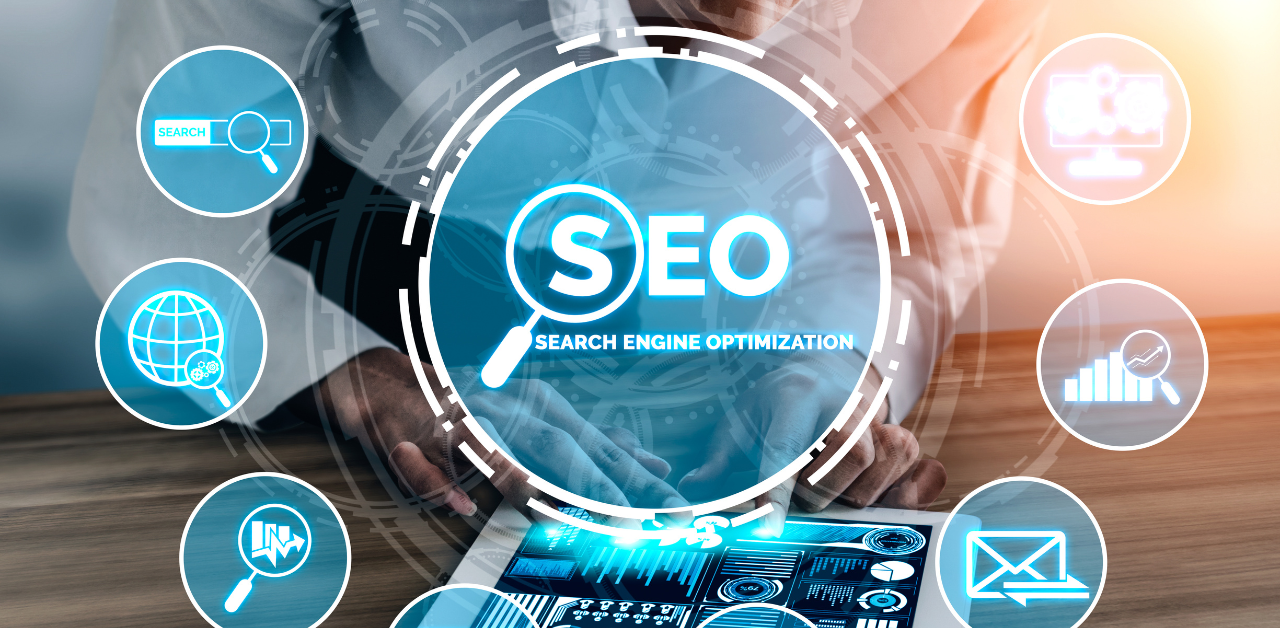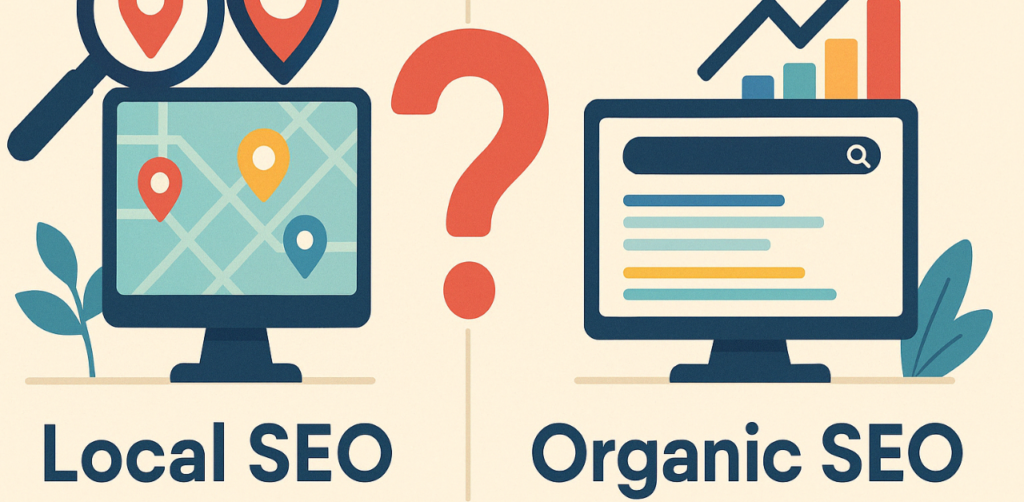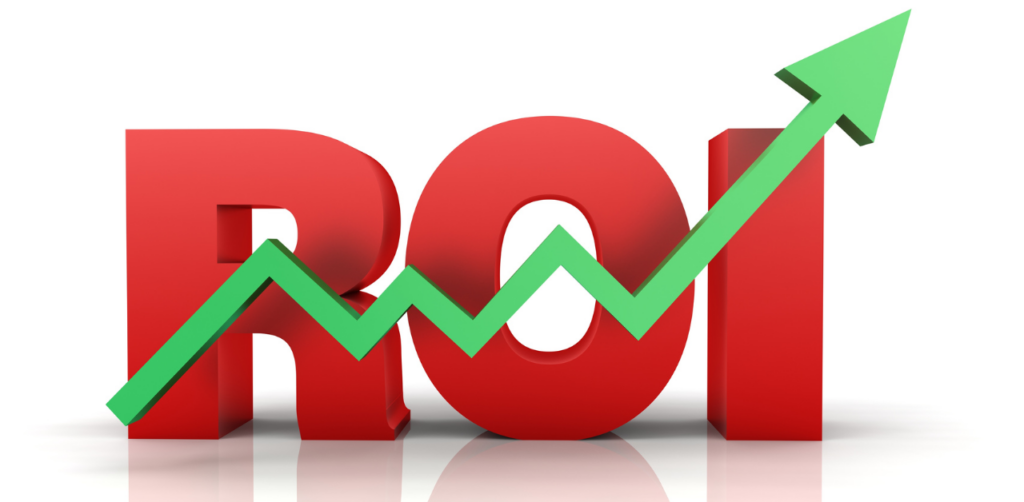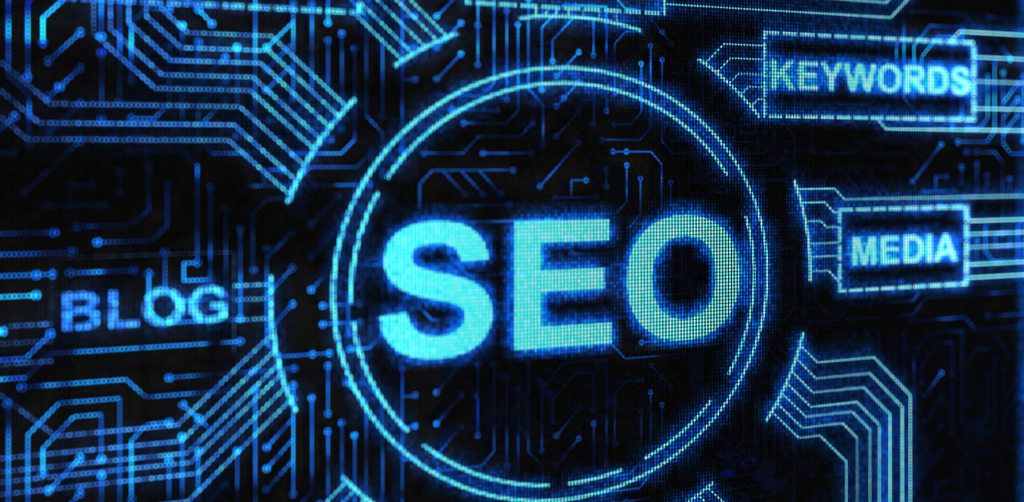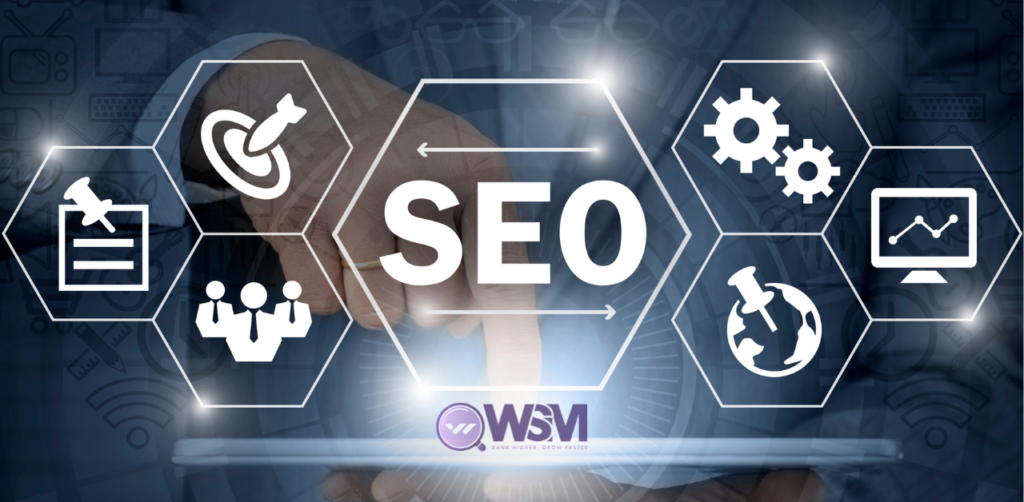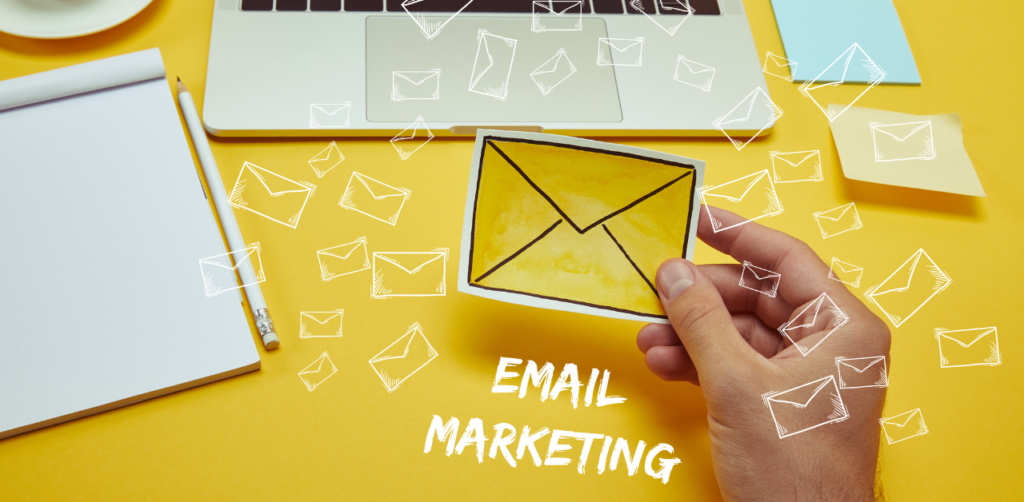Digital marketing is never static. Each year brings fresh technological developments, consumer behaviors, and digital channels. Marketing leaders, digital marketers, and many marketers see how fast campaigns shift, especially with changing user behavior online.
In 2025, several marketing trends will likely shape the social media landscape, search engines, and other marketing channels. This blog covers the top updates, from video content to artificial intelligence, while following editorial accuracy, clarity, and originality standards.
1. AI-Enhanced Search Engines and Generative Engine Optimization
Search engines use advanced analytics and artificial intelligence to improve how they sort and display relevant content. Many companies are rolling out AI-enhanced search to understand user intent and purchase history and display more refined results. This approach is sometimes called generative engine optimization, which focuses on aligning content creation with the evolving abilities of AI tools.
- AI Tools: Marketers now rely on automated systems to research keywords, examine user interactions, and predict future trends.
- AI-Driven Search Results: For instance, Google’s AI overviews gather details from large data sets to provide fast, accurate answers.
- First-Party Data Use: Brands collect direct information from visitors, building profiles to tailor user engagement strategies without depending on third-party cookies.
These methods let brands connect with audiences more precisely on different platforms and allow marketing activities to optimize content online.
2. Surge in Video Marketing and Video Advertising
Video marketing is not new, but 2025 marks a more substantial shift toward video advertising across social media platforms and other digital channels. Short-form video content is taking center stage on social platforms like TikTok, Instagram Reels, and YouTube Shorts.
- Video Content Dominance: Platforms promote videos to boost user engagement because videos keep people watching for extended periods.
- Ad Creatives in Motion: Video advertising allows interactive features like clickable links or embedded forms.
- User-Generated Content: Brands may highlight customer stories, which builds authentic content and trust.
This trend follows a past decade of rising interest in short, catchy, and direct video posts. A great example is a brand that combines user-generated content with a polished marketing strategy, leading to higher conversions and meaningful connections.
3. Influencer Marketing on Social Media Platforms

Influencer marketing keeps expanding as businesses look for relatable spokespeople to carry their message. Social media fosters these campaigns, which can drive brand-building and authentic content.
- Trusted Voices: Influencers often focus on niche areas, which helps brands tap into devoted audiences.
- Multiple Marketing Channels: These collaborations extend beyond social media, reaching other marketing channels such as podcasts or email lists.
- Social Commerce Integration: Some influencers guide followers toward social commerce, allowing direct in-app purchases.
A 2023 report by eMarketer found that influencer marketing spending is set to rise by more than half between 2023 and 2025. Marketers see these partnerships as a way to strengthen relationships with a target audience and increase conversion rates.
4. Data Privacy Concerns and Personalized Experiences
Data privacy concerns are growing, prompting changes in how companies gather and use information. People expect transparency and security whenever they share data. At the same time, they still look for personalized experiences on websites, social media, and apps.
- First-Party Data Over Third-Party Cookies: Marketers are moving from third-party cookies toward direct consumer interactions, which improves trust.
- User Behavior Analysis: With privacy measures in place, brands still evaluate user behavior to offer relevant content.
- Voice Commerce: Some retailers use voice search for faster checkouts. This strategy can include conversational content so users can speak naturally to place orders.
These methods yield positive results when done responsibly. According to the Interactive Advertising Bureau (IAB), brand loyalty improves when users feel their data is handled securely.
5. Transition Away From Third Party Cookies
Major browsers are phasing out third-party cookies, pushing digital advertisers to find alternative ways to track and measure marketing campaigns. Marketers have shifted tactics to maintain insights on consumer behaviors:
- First-Party Data: Collect direct data from site visits, email signups, and purchase history.
- Contextual Targeting: Displaying ads based on the content or context of the page rather than user-based tracking.
- Private Tracking Methods: Some platforms offer aggregate reports without revealing personal details.
Marketing leaders note that adopting new standards in data collection can be a great example of balancing user privacy with business needs. Brands that adapt quickly can keep a consistent presence without losing access to most potential leads.
6. Social Commerce Growth on Social Platforms

Social commerce blends social media with e-commerce functions, letting users shop within the same app. As a result, many marketers see an uptick in conversions and user engagement. This trend combines a marketing strategy built on brand building, short-form video content, and influencer marketing.
- In-App Purchase Options: Social platforms let visitors browse catalogs, read product details, and check out, all without leaving the feed.
- Shoppable Video Advertising: Quick clips now include links so viewers can buy immediately.
- Instant Feedback: Customers post comments or reviews, giving real-time insights to brands.
Social commerce also streamlines marketing activities. By merging marketing channels, brands can unify messaging, collect first-party data, and shape new campaigns that resonate with their target audience.
7. AI Generated Content and Conversational Content
AI-generated content appeared in the past decade as a way to speed up content creation. This includes blog posts, ad creatives, and personalized product recommendations. Now, it meets a rising preference for conversational content, which reads more like a two-way dialogue.
- Rapid Content Generation: AI tools produce outlines or drafts that human writers can refine, reducing production time.
- Chat-Based Features: Some websites add chatbots to enhance user interactions, such as answering product queries or handling returns.
- Authentic Content Review: Even automated text needs a human touch to keep messages relatable.
Brands that combine AI-generated content with editorial oversight maintain high-quality content. They also avoid robotic tones, which helps them stand out in a crowded digital marketing environment.
8. Voice Search and AI Tools
Voice search is part of many people’s daily routines. How users speak to devices differs from how they type, so content marketing must adjust to more natural-sounding phrases. Some marketers also see voice commerce as a chance to simplify the purchase process since shoppers can say a product name and place an order. Here’s how it works:
- Conversational Content Optimization: Writers shape text to match speech patterns, capturing long-tail queries.
- Smart Hubs: Platforms like Amazon Alexa or Google Assistant gather details on user intent, which helps brands refine marketing strategies.
- Ad Spend Adjustments: Because voice search is less visual, companies often redirect budgets from display ads to voice-friendly approaches.
Brands that fine-tune content creation for voice search can open fresh ways to keep their market share. They can also stay ahead as voice technology evolves.
9. Rise of Visual Search
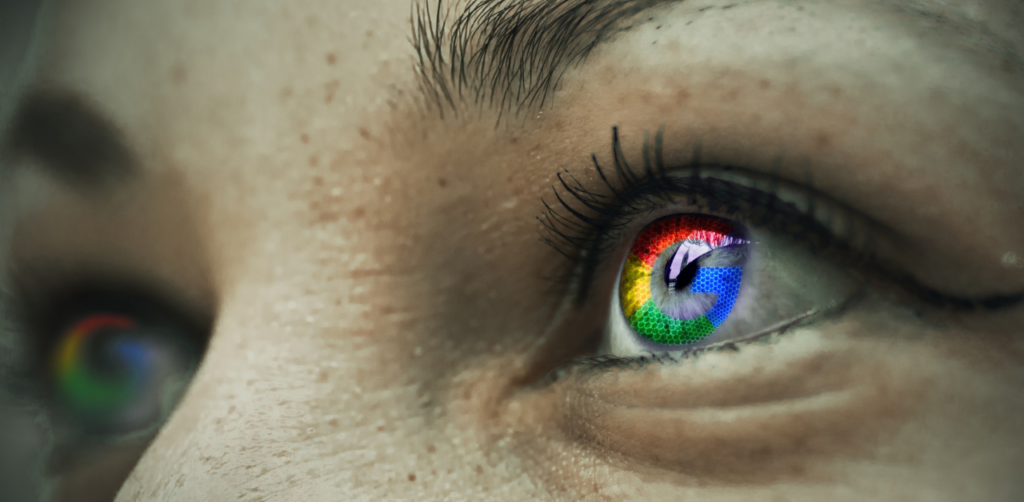
Visual search lets users upload images or screenshots and find similar products or styles. Platforms like Pinterest and Google Lens have introduced or refined these features, allowing shoppers to discover items based on a photo.
- Enhanced UX: Shoppers see direct matches, color choices, or related items without typing product names.
- User Engagement: Visual prompts can spark impulse buys and keep users on the platform longer.
- Ad Creatives for Visual Platforms: Brands can design images to match search queries, increasing the chance of being found.
This opens new opportunities for marketing campaigns since people often prefer images over text. By including descriptive alt tags and designing search-friendly pictures, brands can boost visibility among casual browsers.
10. Virtual Reality and Augmented Reality Experiences
Virtual reality (VR) and augmented reality (AR) are no longer restricted to gaming. Companies use immersive tech for brand building, digital advertising, and user engagement. These experiences blur the line between online browsing and in-person trials.
- AR Product Previews: Users can “try on” makeup, shoes, or clothing from home.
- VR Showrooms: Retailers can create digital showrooms that mirror physical stores.
- Enhanced Social Media Experiences: Some apps let users apply AR filters, fueling user-generated content.
Marketers who embrace VR and AR can appeal to a target audience that seeks interactive, entertaining campaigns. These technologies also gather first-party data on shopper preferences.
11. Content Marketing Meets First-Party Insights
Content marketing remains a reliable method of reaching prospects, but focusing on first-party data means brands must craft more personalized pieces. By understanding user behavior and interactions at a granular level, marketers can tailor each blog post, email, or infographic.
- Advanced Analytics: Platforms let teams analyze time on page, bounce rates, and more.
- Relevant Content Delivery: Users only see articles or offers that match their profile.
- Stronger Bonds: Personal messages, such as name recognition or location-based suggestions, can strengthen relationships.
Brands that follow user intent produce online content that resonates, which helps them retain an audience despite the absence of third-party cookies.
12. Combining Different Platforms for a Multichannel Approach
Most consumers switch between devices and apps all day. To stay top-of-mind, marketing campaigns must unify channels. Whether on a smartphone, tablet, or desktop, people want a consistent experience.
- Omnichannel Presence: Email marketing, social media, and web ads must share a common look and feel.
- Campaign Management Tools: Marketers rely on dashboards that track user interactions from first click to final purchase.
- Other Marketing Channels: Brands can explore podcasts, online communities, or local events.
With a seamless approach, businesses see higher satisfaction rates and better user engagement across multiple channels. It also helps them stand out from competitors who focus on just one platform.
13. Fresh Approaches to Email Marketing
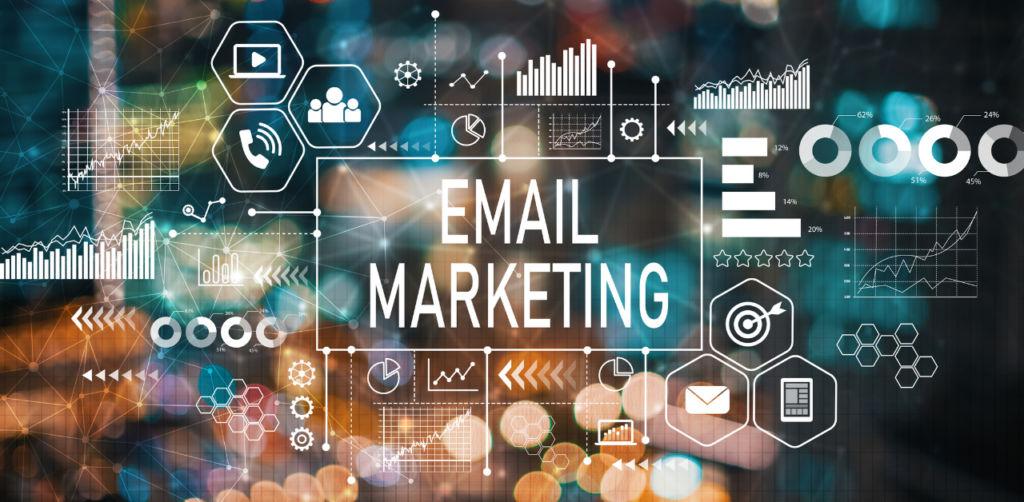
Email marketing remains essential for digital marketers despite emerging social platforms. People still open messages that speak directly to their needs. To stay current, consider these tactics:
- Automation: Systems segment subscribers based on purchase history or reading habits.
- Personalized Recommendations: AI tools pick items that match user preferences.
- Interactive Elements: Surveys, polls, or embedded videos raise open rates and engagement.
When combined with other marketing channels, email can drive returning visits and steady revenue. A brand can replicate the feel of direct contact by delivering conversational content, even with a large email list.
14. Adapting to Shifts in Consumer Behaviors
People today expect fast loading times, easy navigation, and meaningful interactions. Digital advertising must adapt by focusing on user needs, such as:
- Mobile-First Design: More shoppers now browse on mobile devices.
- Short Form Video Content: Quick and to the point, especially for younger audiences.
- Authentic Content: Scripts that feel honest, not forced.
High-quality content, whether a blog post or short clip, adds value for the reader or viewer.
Stay Ahead with Cutting-Edge Digital Marketing Strategies
Digital marketing trends in 2025 revolve around personalized campaigns, AI-driven research, and immersive user experiences across different platforms.
If you want a guiding hand in this fast-moving space, Web Search Marketing is here. Our pros in digital marketing can craft the most effective digital marketing strategies for your brand. We bring experience in campaign management, content creation, and social media.
When you partner with us, you get thoughtful support, measurable results, and marketing campaigns that resonate in an evolving world. Let us show you how to reach your audience through digital channels, stand out among competitors, and drive the growth your business deserves. Book a consultation with us today.
